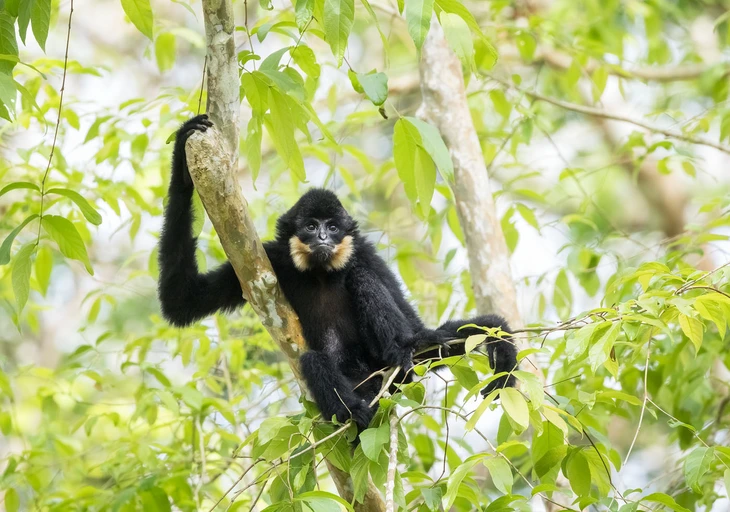
A golden-cheeked gibbon captured by Israeli nature photographer Erez Marom
Israeli nature photographer Erez Marom has captured precious moments of Vietnam’s rare primates. From the yellow-cheeked gibbon of Khau Ca to the Cat Ba langur and red-shanked douc langur of Son Tra, these creatures are facing extinction.
His journey was not only to capture the beauty but also to raise awareness about the conservation of rare primates. "The moment I saw those animals made me both happy and scared. Because who knows, that might be the last time people see them in the wild," Erez said.
Over the past ten years, Erez Marom has returned to Vietnam many times, from Cat Ba Island, Son Tra Peninsula to Van Long limestone mountains and Khau Ca forest. His sole goal is to capture images of rare primates that are on the brink of extinction.
He calls them "jungle ghosts," beautiful and fragile, and slowly disappearing from the world .
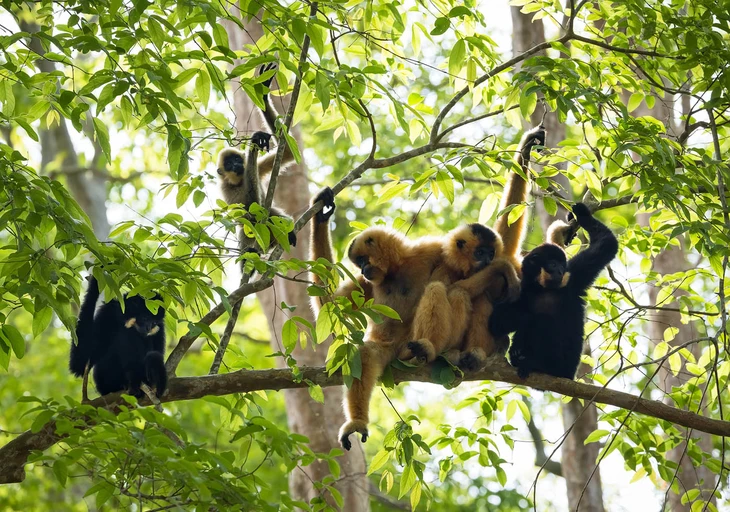
The number of precious animals is gradually becoming rare, causing conservationists to call them "The ghosts of Vietnam's forests" - Photo: Erez Marom
Vietnam is one of the most biodiverse countries in Southeast Asia, but it is also home to some of the most endangered primate species in the world. The country is home to 24 primate species, of which more than half are endangered or critically endangered due to deforestation, hunting and illegal trade.
“The jungles of Vietnam are still there, but quieter than ever,” Erez wrote in his travel notes. “Many of the forests are breathtakingly beautiful, but the creatures that once called them home are now few and far between.”
During those trips, he met creatures that scientists once thought were extinct: from the Cat Ba langur, red-shanked douc, white-rumped langur, to the yellow-cheeked gibbon and the Tonkin snub-nosed monkey. Each species is a story, a struggle for survival and also a testament to the tireless conservation efforts of the Vietnamese people.
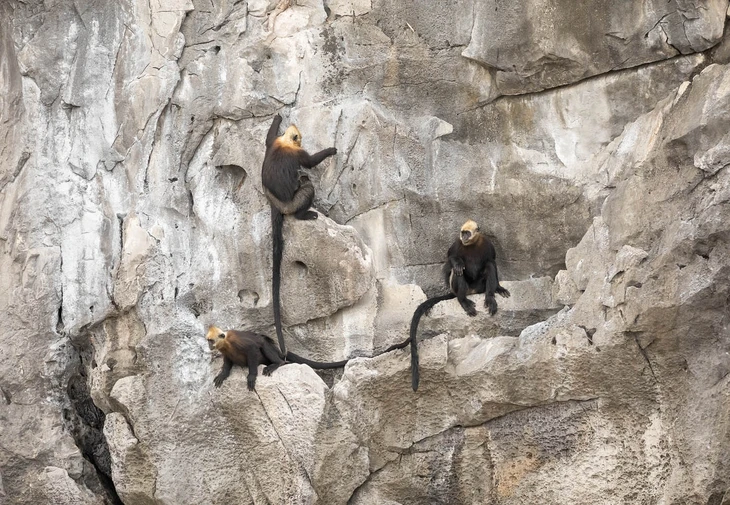
Like all other langur species, Cat Ba langurs are highly social. They hug each other when they meet and live in very close-knit family groups - Photo: Erez Marom
On the steep slopes of Lan Ha Bay, Erez saw a family of Cat Ba langurs hugging each other in the early morning sun. Their jet-black bodies, pale yellow fur around their faces, and long tails flapping as they leaped over cliffs, all made for a dreamlike scene.
This endemic primate had dwindled to fewer than 50 by 2000, leading scientists to fear its recovery was over. Thanks to a rigorous conservation program, the number of Cat Ba langurs has now risen to around 90. “They move like dancers,” says Erez. “They are both resilient and cautious, as if they know that one slip could see their entire lineage disappear forever.”
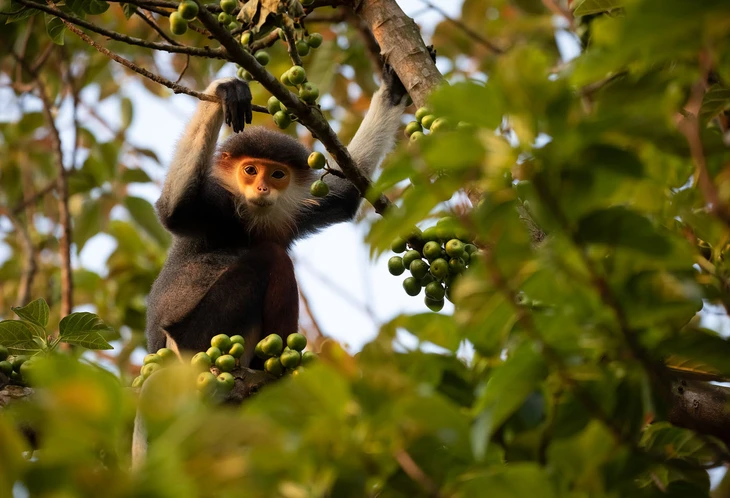
Red-shanked douc langur - "dancing treasure" of Son Tra. Red-shanked douc langurs often gather near their favorite food sources, such as fig trees - Photo: Erez Marom
Leaving Cat Ba, Erez went to Son Tra peninsula ( Da Nang ) to meet the "treasure of the green forest": the red-shanked douc langur, the primate considered the most beautiful in the world. Its seven-colored fur, gentle face and smiling brown eyes make visitors think of a legendary character.
In Erez's lens, the doucs appear among the fruit-laden trees, sometimes mischievous, sometimes quietly observing humans. "I always try to capture the habitat around them," he says. "Because that's where they belong, and that's where they're slowly disappearing."
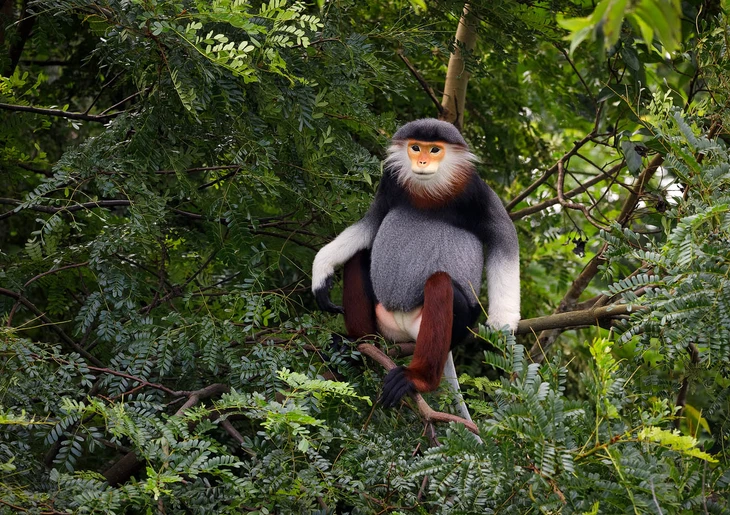
The brown-shanked gibbon has beautiful fur - Photo: Erez Marom
Son Tra is home to more than 1,000 red-shanked douc langurs, the largest population in Vietnam. But pressure from tourism and urban development makes conservation urgent.
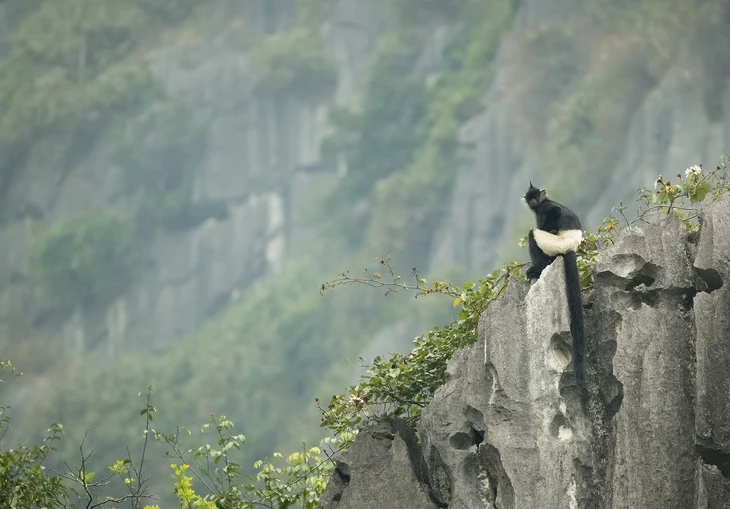
Delacour's langur: "limestone ghost" in Van Long - Photo: Erez Marom
In Ninh Binh, Van Long Nature Reserve is considered the last "kingdom" of the Delacour's langur (or Delacour's langur). This species has only a few hundred individuals left in the world, all of which live in Vietnam.
Erez and his group of guides spent many days hiding among the rocks, just waiting for the moment the langurs appeared on the high cliffs. "They are as fast as the wind, disappearing in just a few seconds. But when I saw the whole group hugging each other in the sunset, I understood why the Vietnamese call them 'the souls of the rocks'."
The photos he took in Van Long were later highly appreciated by international conservationists, not only for their technique, but because they helped the world see the beauty that Vietnam still preserves.
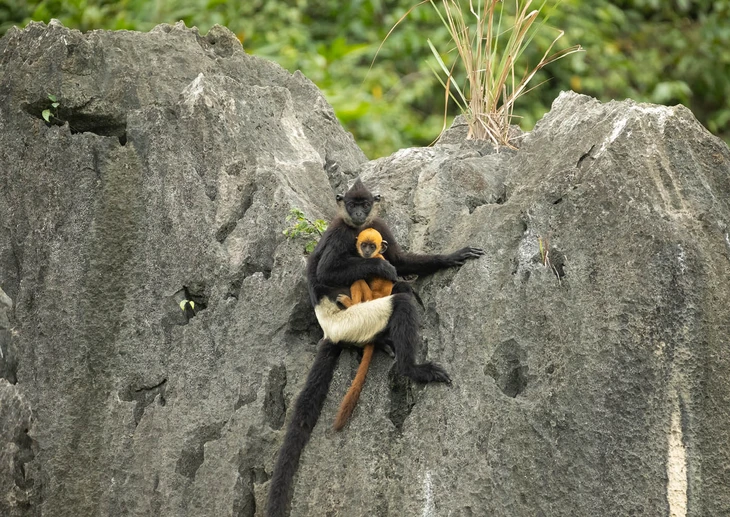
Young Delacour's langurs have a startlingly bright orange colour. As they grow older, they gradually lose this colour, giving way to the distinctive monochrome coat of the adult Delacour's langurs - Photo: Erez Marom
Erez's final destination and most difficult journey was Khau Ca forest (Ha Giang), home to the Northern snub-nosed monkey, one of the five rarest snub-nosed monkey species in the world.
The trip lasted more than a week, crossing mountain passes, climbing slopes, sleeping on the floor, eating cold rice, just to have a chance to see them in the wild. "Every step on the sharp cliff was a challenge. But when I saw the group of monkeys appear with their babies, all the fatigue disappeared," he said.
Remarkably, Erez's guides were none other than former hunters of the Khau Ca region, who used to hunt these monkeys, and have now become rangers and conservationists. "They know the forest better than anyone, and now they are the forest's guardians," Erez said with respect.
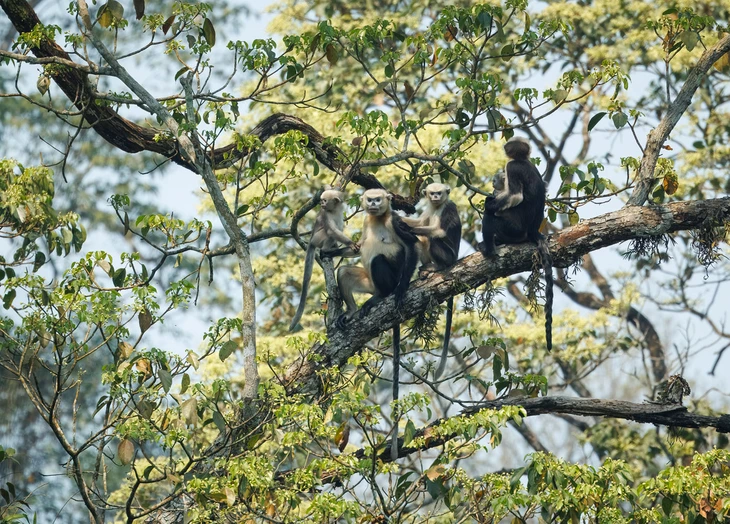
The last Tonkinese snub-nosed monkeys in Khau Ca. The photos are a message from the forest, that the forest is not just for viewing - Photo: Erez Marom
Erez Marom's photo series "Ghost of the Jungle" was later displayed at many international exhibitions, contributing to promoting the wild beauty of Vietnam and raising awareness about conservation.
“The best photographs are not the ones with perfect lighting or composition, but the ones that make people want to protect what they see,” he said.
In Vietnam, many organizations and local communities are working to restore forests, regenerate habitats, and protect rare primate species. But in the face of development pressure, every small action, from not hunting or trading wildlife, is a part of hope.
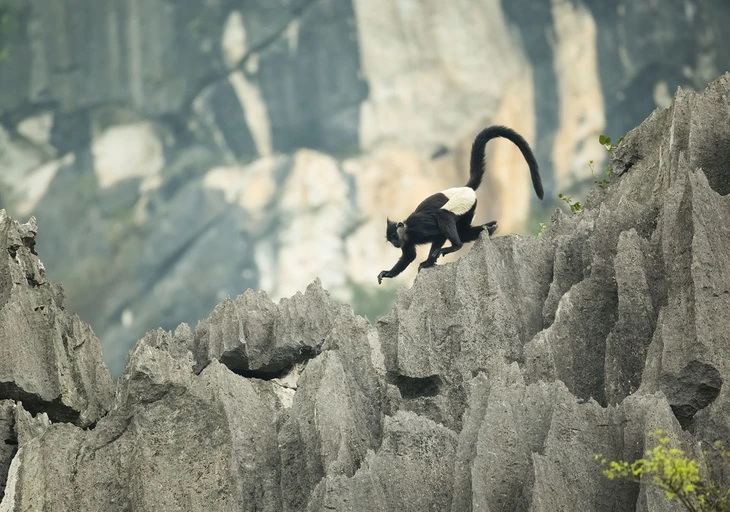
The best photos are not the ones with perfect lighting or composition, but the ones that make people want to protect what they see - Photo: Erez Marom
When he left Vietnam, Erez said he would return. Not just to take photos, but to see if "those creatures still exist."
"Vietnam's forests still breathe, even though that breath is fragile," he wrote. "And if one day, the gibbon's call no longer resonates in the morning mist, it will be a loss not only for Vietnam, but for all humanity."
Erez Marom's photographs not only capture the beauty of nature, but also serve as a gentle reminder: protect the forests, before all that remains are memories of the "ghosts" in the lens.
Source: https://tuoitre.vn/nhung-sinh-linh-dep-nao-long-dang-bien-mat-khoi-rung-viet-nam-20251020093110898.htm


![[Photo] Prime Minister Pham Minh Chinh meets with Speaker of the Hungarian National Assembly Kover Laszlo](https://vphoto.vietnam.vn/thumb/1200x675/vietnam/resource/IMAGE/2025/10/20/1760970413415_dsc-8111-jpg.webp)
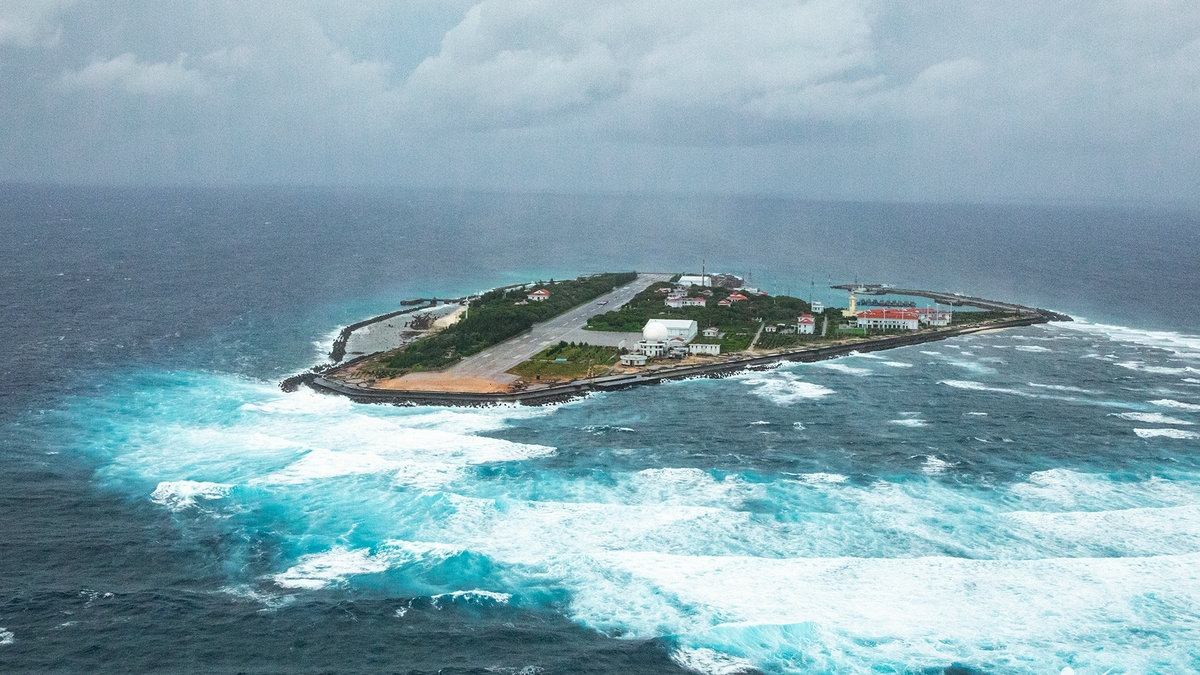
![[Photo] Da Nang residents "hunt for photos" of big waves at the mouth of the Han River](https://vphoto.vietnam.vn/thumb/1200x675/vietnam/resource/IMAGE/2025/10/21/1761043632309_ndo_br_11-jpg.webp)
![[Photo] Prime Minister Pham Minh Chinh received Mr. Yamamoto Ichita, Governor of Gunma Province (Japan)](https://vphoto.vietnam.vn/thumb/1200x675/vietnam/resource/IMAGE/2025/10/21/1761032833411_dsc-8867-jpg.webp)
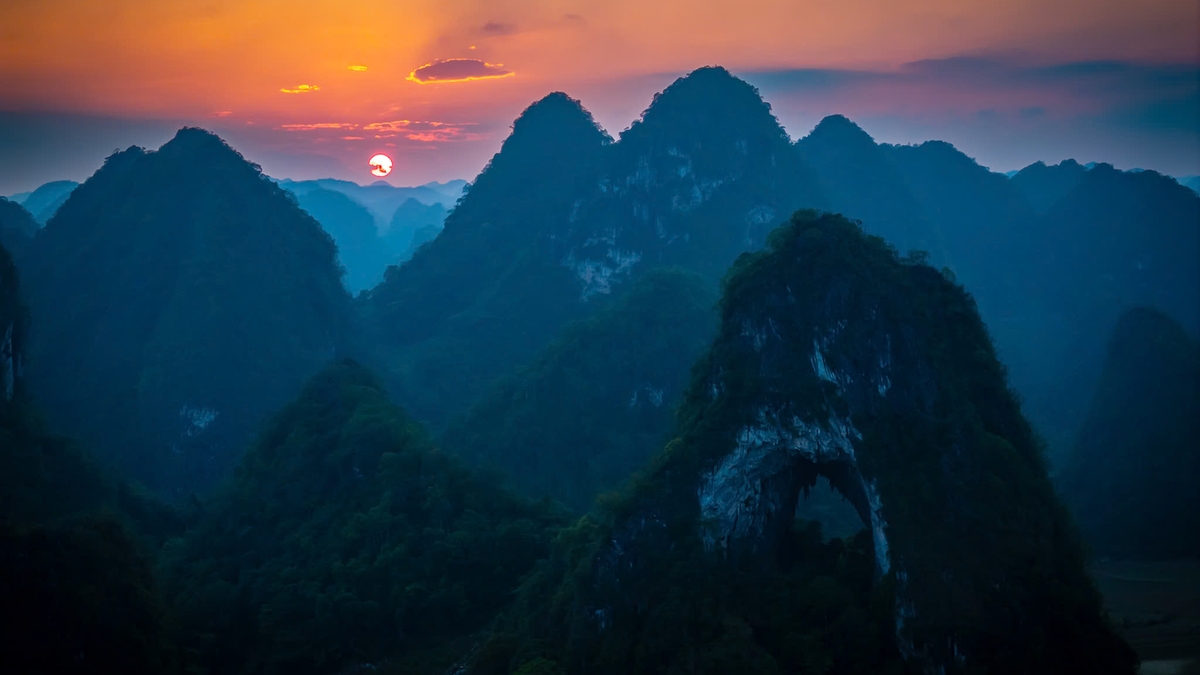
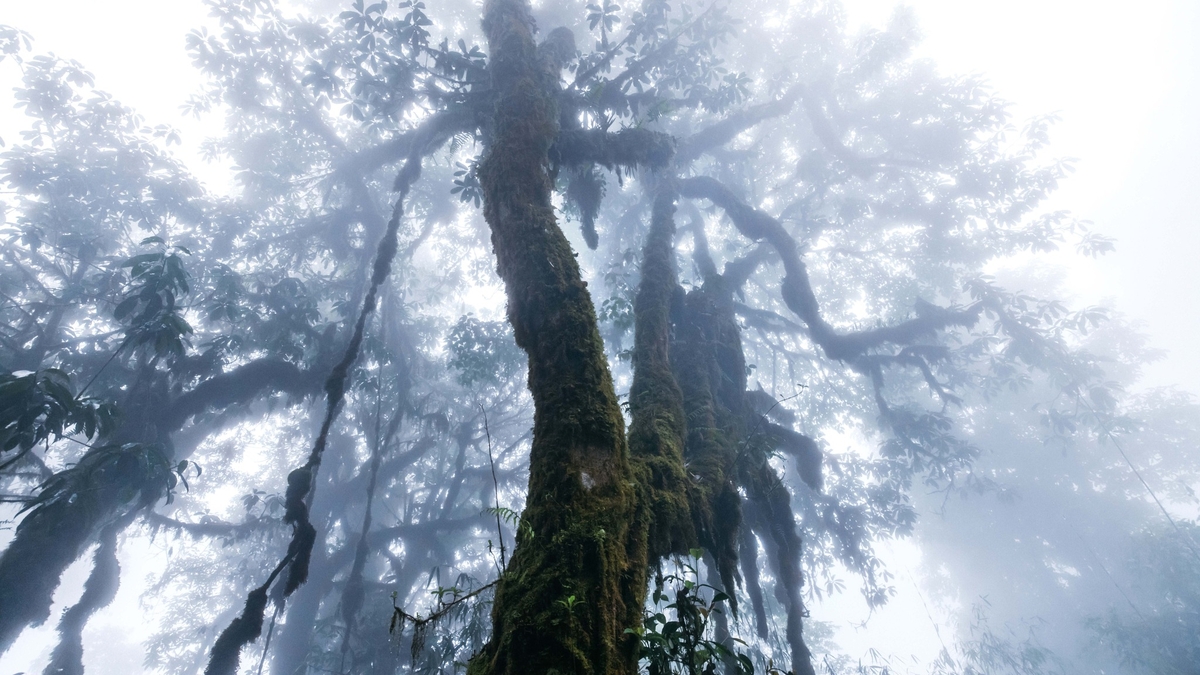
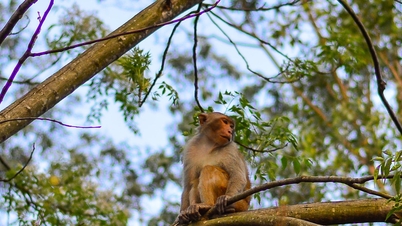


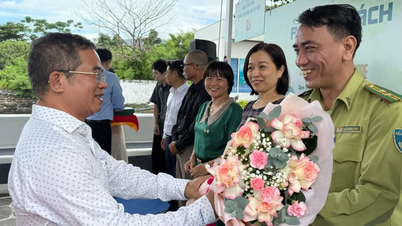

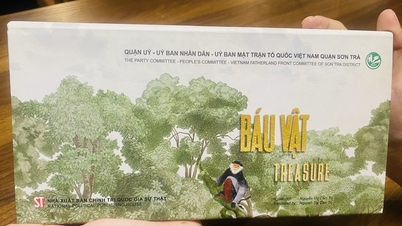
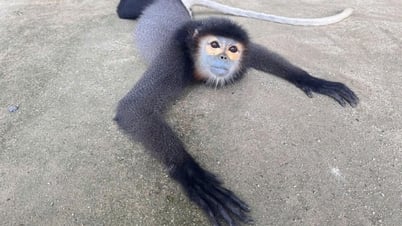

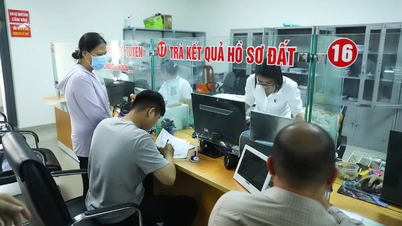







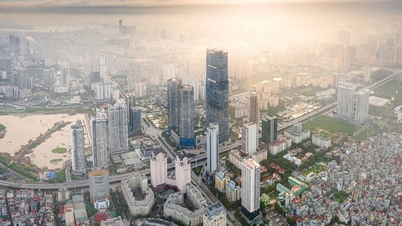







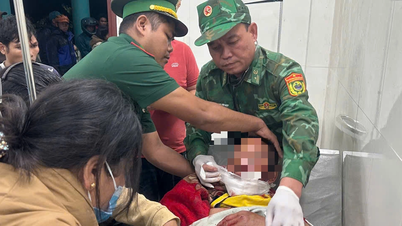


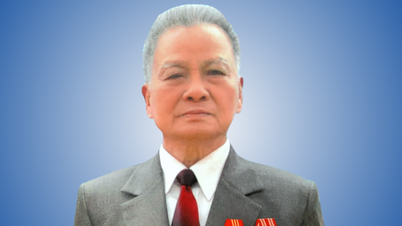







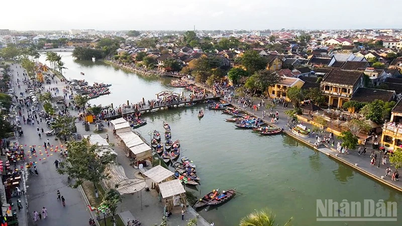




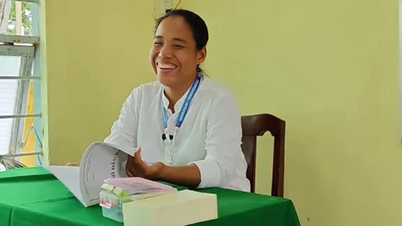
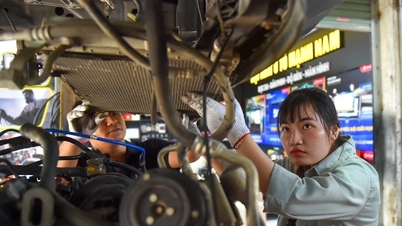

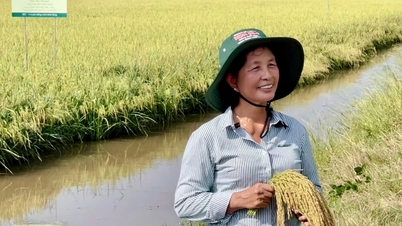
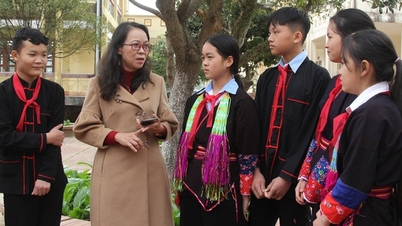

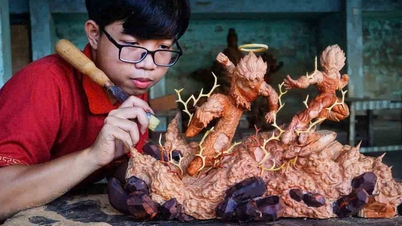



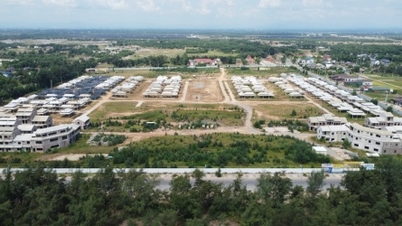

























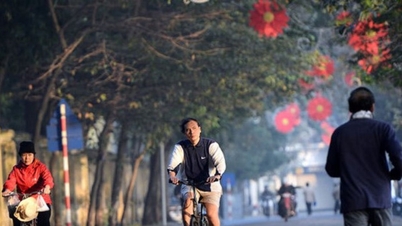




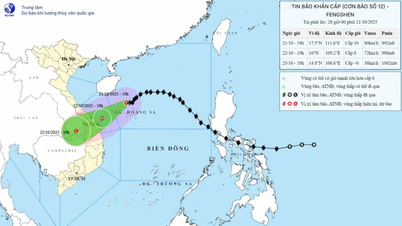













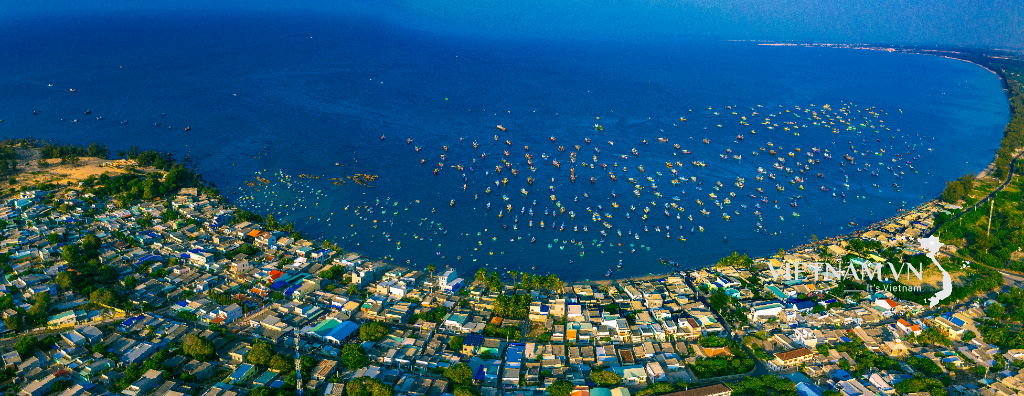



Comment (0)